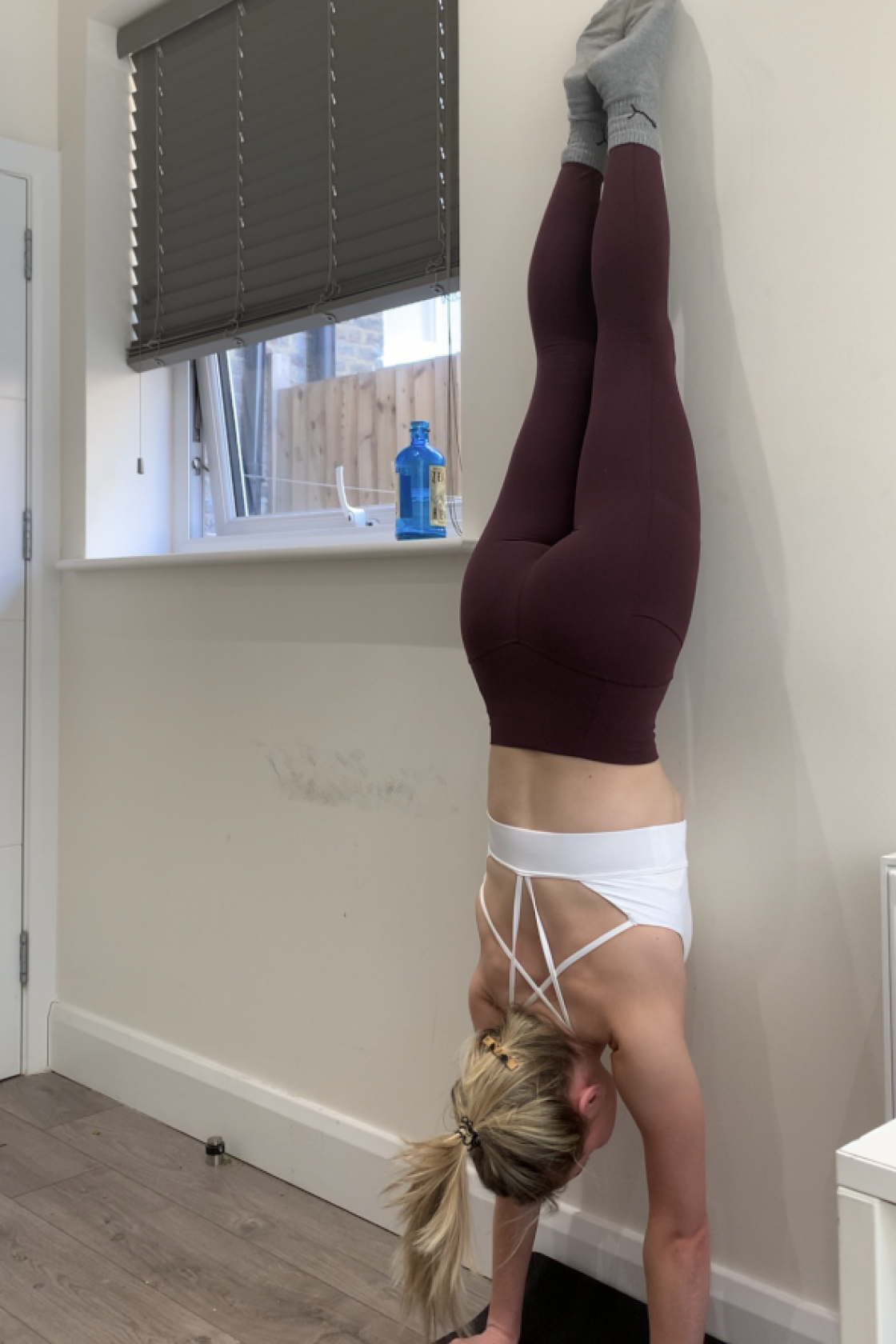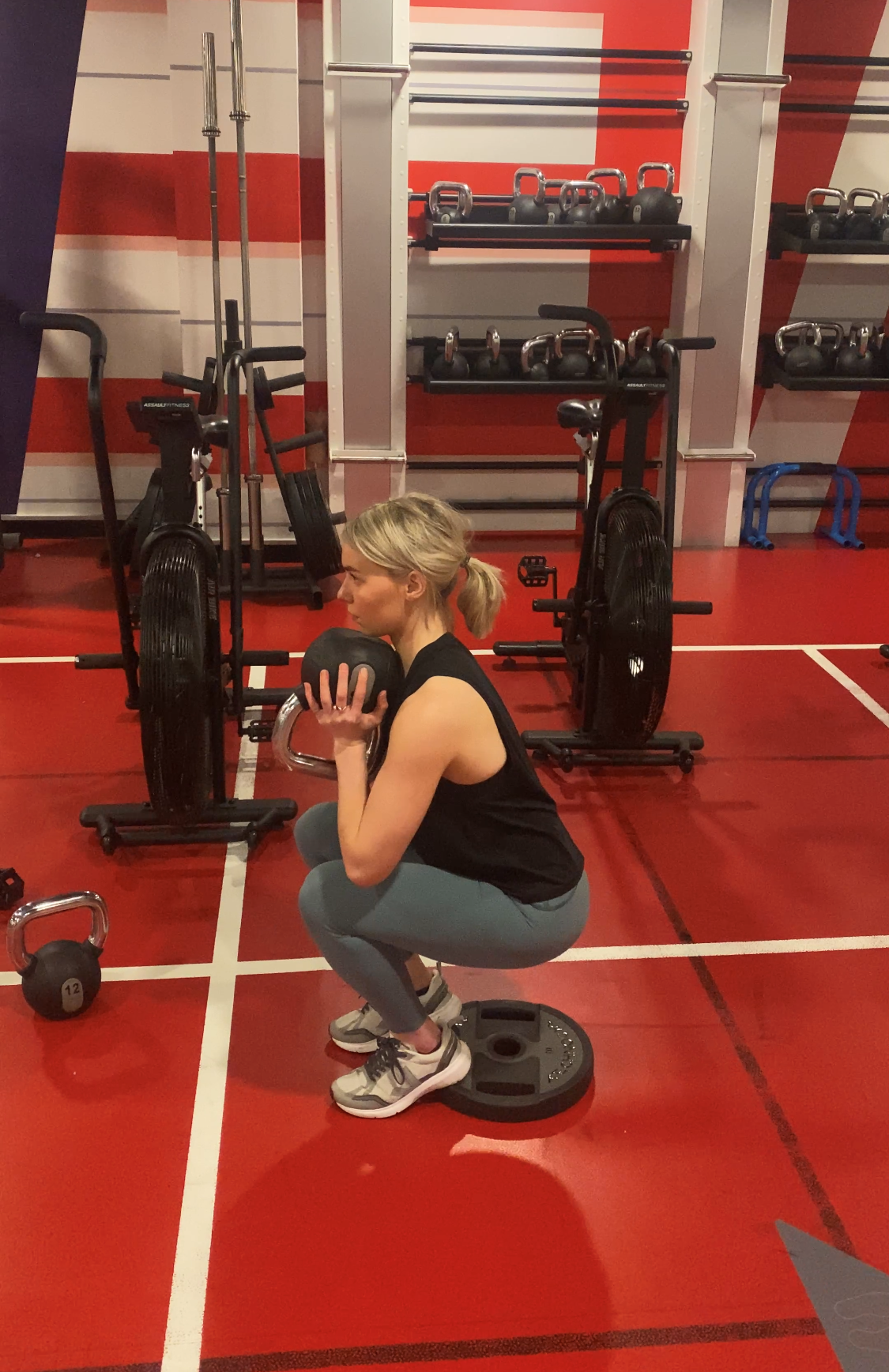Can’t find time to work towards your fitness goals? Here are five ways to simplify your training.
Finding time to work on every aspect of your training can feel like attempting a Rubix cube; you manage to align a few cubes, but it all goes skew-whiff when you try and get another in place.
Getting all of your training cubes in line can feel daunting because there’s so much you might feel like you ‘need’ to do. Finding time for a good warm-up, working on your mobility, doing strength and muscle building workouts along with bodyweight stability exercises and some cardio training, plus adding in some skill or sport-based movement – not forgetting to do a long cooldown stretch and work on your flexibility after the session. Who has time for it all?
You may also like
How to build self-discipline to exercise and achieve fitness goals, according to a psychologist
It’s a question I’ve been asking at the moment, particularly as I have established new goals that I want to work towards while also training for my overall health. I want to perfect my handstands and grow the confidence to kick up without a wall, which means I need to practise balance and alignment along with shoulder strength and mobility. But my glute strengthening workouts are non-negotiable for my back pain and posture, and I have to get my hip mobility in to support those sessions. I know that I have to balance lower body strength with upper body workouts. I like doing yoga for my mental health, and I also know that getting some cardio in is advised.
I’ve struggled with finding a way to work on all of it without carving out three hours a day to hit the gym – time which just isn’t available to me. Do I need to give up on my handstand goal and stick to the basics, or is there a way to actually do it all? This is what I asked Tess Glynne-Jones, head trainer at Rowbots and someone who I’ve watched document her lifting achievements while also balancing her cardio training.

How to work towards a fitness goal when you have no time
Check your goal
Whether it’s being able to run a sub-25 minute 5k, squat a certain weight or build a certain amount of muscle, finding a goal you actually care about (vs what you think you should be doing) is hard. But it’s important to stop thinking about what you ‘should’ want from your training, Tess says – otherwise you’ll never make it a priority.
“The way to know if something is truly aligned with your values is usually when you meet your first hurdle,” she says. “If you want to give up immediately, you probably don’t value your goal. You need to ask yourself why this is something you want to work towards: is it because of social media, or because you want to build confidence, overcome a health implication, meet new people…?”
I’ve come across plenty of hurdles when it comes to handstanding, from shoulder injuries to simply just not getting it right. Every time, I’ve felt more motivated. But I know that I have previously had goals in the past that I didn’t particularly care about (namely, running-orientated dreams), and how much easier it was to just forget about them the second I was sore or the weather was bad. On reflection, I was working towards them because everyone else was or because I felt like it was cool to be good at cardio. It’s no wonder they didn’t stick.
You may also like
How learning to handstand made me stronger (even without getting sweaty)
See an expert
“There are some things one person needs that another doesn’t and vice versa, so I really recommend investing some money into seeing a professional, such as an osteopath, who can point out your weak spots,” says Tess.
For me, this has meant working with a handstand coach. Aaron has pointed out to me that my shoulder mobility is great, but that I need to work on the strength in my traps and the alignment of my hips to be able to push up in a straight line. It means that I can cross off the 20 minutes of my workout that I would have spent stretching and opening my shoulders, which I now know would be a waste of time. Instead, I can focus on the things I really need to improve on. Essentially, it’s best to spend your time working on your specific weaknesses, rather than generic weakness, which is hard to objectively work out yourself.
Start with the hardest part
The general rule of thumb in training is to start with your compound exercises such as squats and deadlifts while you still have the energy to complete the big, energetic moves. If gaining muscle or power is your goal, this can be really helpful as you can put your all into working multiple muscle groups and building functional strength.
With a skill-based goal such as a handstand, I find it easier to practise before I go into my strength training. This is because my arms are jelly after 45 minutes of lifting weights – not conducive to then attempting a good handstand. But also because handstands are a mental challenge, and my brain is often as exhausted as my body at the end of a workout.
It’s a task of prioritisation, which is less easy than it sounds, and will chop and change depending on your goal, your energy and your availability to train. But starting with the thing you care about is a good way to get your mind and body in the game.

Take a holistic view
You don’t need to divide your workouts into straight sets of stretching, strengthening and cardio training if it feels overwhelming.
Most of these elements overlap, explains Tess, so “we don’t need to necessarily focus on all of those individual elements. If you’re lifting weights or wanting to get stronger, I wouldn’t stress over carving out time for your cardio or making that a priority. During your weight lifting you can easily hit your cardio goal as your heart rate will be raised,” she says.
Your mobility work will also help to build strength, and your strength work will help to improve your range of motion, so you can easily work on all elements of your fitness in your hour’s workout. “I’d also really spend time questioning every single element of your workout,” Tess says. “Ask yourself: why is this in my programme? If you don’t have an answer, take it out. You will be more efficient and productive if everything is geared towards your goal.”
Take it out of the gym
“If your goal is something that’s quite highly skilled, where you need to nail form and movement pattern rather than something that’s physically stressful and places a load on the body, you can practise that anytime,” says Tess. “Exercises such as handstands or a Turkish get up are actually probably better to do alone rather than in a busy gym or class environment where there’s distraction.”
For me, that’s about seeing my goals as something that is part of my life rather than just a part of my workouts. While I’m by no means great at it, I try to do a few minutes of balancing or alignment when I have a gap during the day – my lunch break or while waiting for my dinner to cook. If you want to nail the splits or become more flexible, try (carefully) stretching while you watch TV in the evening, and even if your goal is to improve your squat, you can work on ankle and hip mobility by sitting in malasana.
Follow @StrongWomenUK on Instagram for the latest workouts, delicious recipes and motivation from your favourite fitness experts.
Images: Chloe Gray
Source: Read Full Article
